Japanese maple is among the more popular trees; its bright red foliage accentuates gardens and landscapes. However, its aesthetic appeal can be affected if it lacks proper growing conditions. We researched ways to identify if your Japanese maple is already dead or may begin to wilt, and this is what we discovered.
To determine if your Japanese Maple tree is dead or dying:
- Cut a splinter of bark from the trunk or branches. If the portion under the wood appears green, the tree is still alive and will most likely survive. If the section has a brown hue, then that part is already dead.
- Observe and note if the leaves curl and fall off, as this may indicate that the tree is in bad shape.
To salvage the situation, prune off dead or damaged portions, augment the soil and relocate your maple.
These simple ways will help determine whether your tree is dead or dying. The chance of recovery depends solely on how fast you remedy the situation. This article will cover everything that will help you keep your Japanese maple alive and healthy.

Identifying A Dying Japanese Maple
Like all plants, the Japanese maple exhibit signs when stressed or dying. The initial manifestation is usually observable in the leaves and foliage as scorching, curling, and eventually falling off prematurely.
The leaves lose their vibrant natural color and turn yellowish to dark brown over time. If entire branches are affected, all leaves die back and shed.
Unhealthy branches tend to wrinkle and sag with pest infestation or poor nutrition. The infections also cause blotches and scarring. Furthermore, underdeveloped branches may be poorly nourished or suffer from exposure to the elements.
Reasons Why Japanese Maple Is Dying (And How To Revive It)
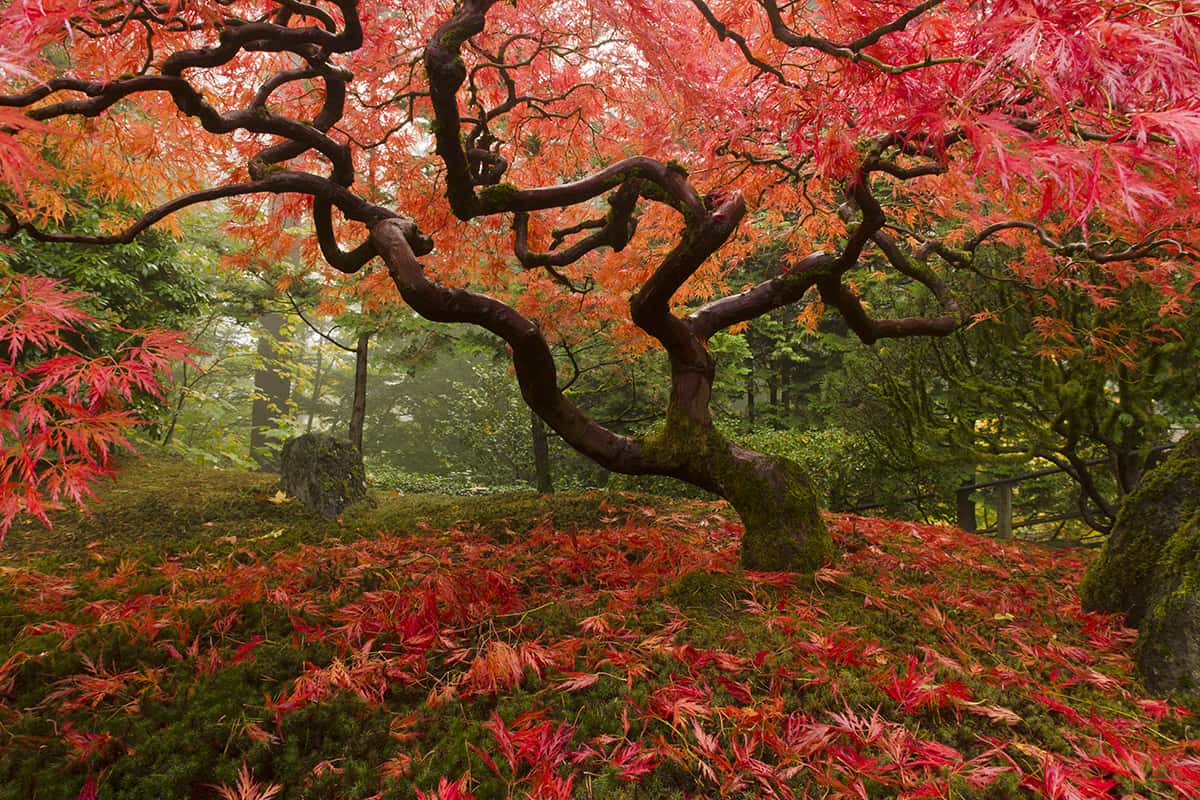
There are several reasons why Japanese maple wilts and dies. Here are some causes and the various ways to manage and save your tree.
Fungal Infection And Root Rot
Root rot is the leading cause of a dead or dying Japanese maple. If the environment is constantly damp or moist, Verticillium wilt (a disease) caused by fungi may start to develop and infect your tree's roots. This fungal infection eventually leads to root decay.
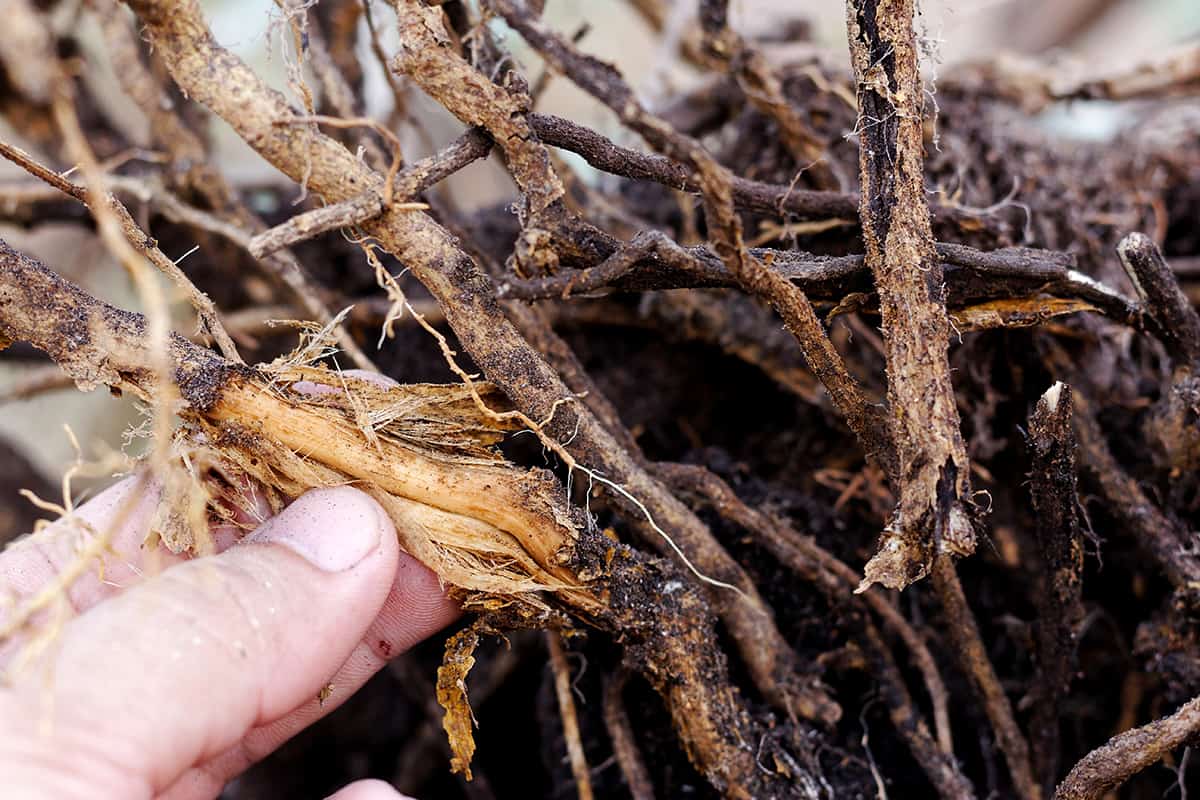
The disease has inconsistent manifestations; however, the most common signs are scorching and wilting of the foliage.
If the leaves begin to curl and appear brown, gray, or yellow, your tree may show a sign that it is infected with Verticillium wilt. In other cases, a single branch or half of the foliage will die back or wilt. The signs are more prevalent during summer or when the weather is hot and humid.
The best way to manage the disease is to prune and burn all infected branches. Doing so prevents the infection from spreading to healthy leaves or foliage.
Apply fertilizers with low nitrogen but with high potassium content, and be sure to water your tree occasionally or amidst long dry spells.
Since there is no actual method to eradicate the disease, it is advisable to perform preventive measures. So, plant your Japanese maple in well-draining soil that is amended with plenty of compost and an adequate amount of sand. This combination allows for better air circulation and root respiration.
Direct Light And Windy Environment
Growing your tree in locations where it receives full light exposure can result in dehydrated and scorched leaves. Dehydration occurs because Japanese maple naturally grows under the canopy of trees - the thick foliage acts as a covering that protects it from direct sunlight and windy environments.
As a solution, planting your tree in a partly-shaded environment is ideal. A Japanese maple will not thrive in full sun unless there is a sizeable cover. Additionally, grow other shrubs or vegetation surrounding your tree - they serve as a wind break that will protect your plant from the dry wind.
Inadequate Watering
Your Japanese maple might be dying because of inadequate watering. Naturally, the tree does not need regular hydration if grown in regions with a temperate climate.
However, if you live in areas with dryer and hotter summers, the soil dries quicker. Consequently, you may have to provide additional watering. Just ensure that the soil is well-draining to prevent a waterlogged environment.
Apart from this, you can add a layer of mulch. Mulching helps retain soil moisture while providing adequate nutrients for healthy growth and development. If done correctly, your tree may recover in a week. However, recovery may take several weeks, depending on the severity of the damage.
Excessive Fertilizer
The use of excessive fertilizer causes considerable damage to your Japanese maple. If the leaves appear scorched, accompanied by yellowing or browning of the foliage, it is a sign that you may have overfed your tree.
If this is not the case, rainwater may have diluted excess lawn fertilizers, causing it to flow directly to the area where you've planted your tree.
In other situations, application during the colder months also affects the tree, especially when done too early or too late. New growth will be more susceptible to frost damage, making the portion black.
If your tree is suffering from over-fertilization, immediately prune the dying or wilting leaves to eliminate any fertilizer remnants or residues. Hydrate the fertilized soil deeply and thoroughly to flush any remaining elements.
Once finished, cover the topsoil with a layer of organic mulch such as decayed leaves and grass. Do a second round of 'flushing' over the composted materials.
How To Care For Japanese Maple
Soil
A tree's root system is the main section that dictates healthy growth. So, you must consider the soil's quality when planting your Japanese maple. Although these trees adapt well to various soil conditions, they thrive best in well-draining and slightly acidic environments with adequate nutrients.
Loamy and sandy soils are preferably your best choice. Avoid clay at all costs because it does not provide good drainage.
Water
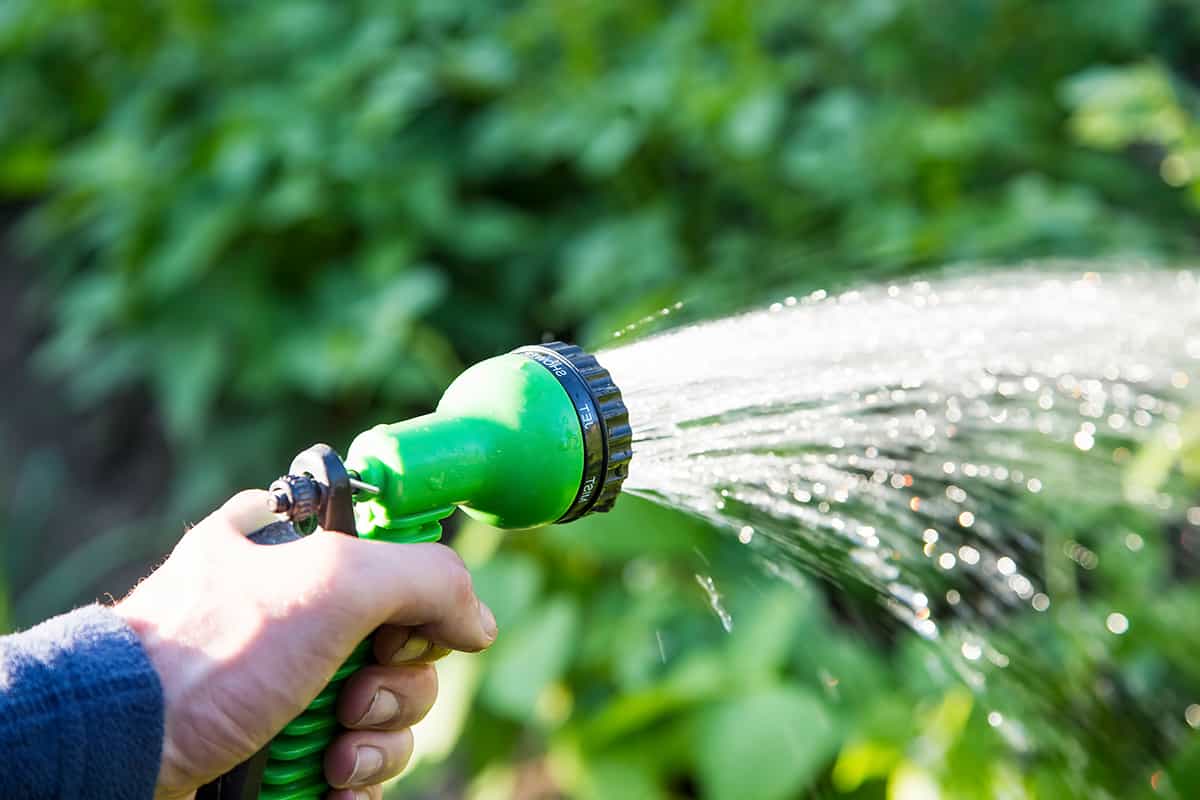
Even though the tree generally prefers well-draining environments, it still favors slightly moist soils. Regular watering is necessary. However, regularly check and regulate the moisture level to avoid fungal diseases and root decay.
Established trees do not require as much watering as newly-planted varieties. The latter needs to be hydrated more often, mainly when the soil looks dry.
Sunlight
The sunlight needs of Japanese maple vary depending on the cultivar. To illustrate, some species prefer partially shaded environments while others thrive in full shade. But placing them in areas where they will receive direct afternoon light is not ideal since their foliage will become burnt or scorched.
Fertilizer
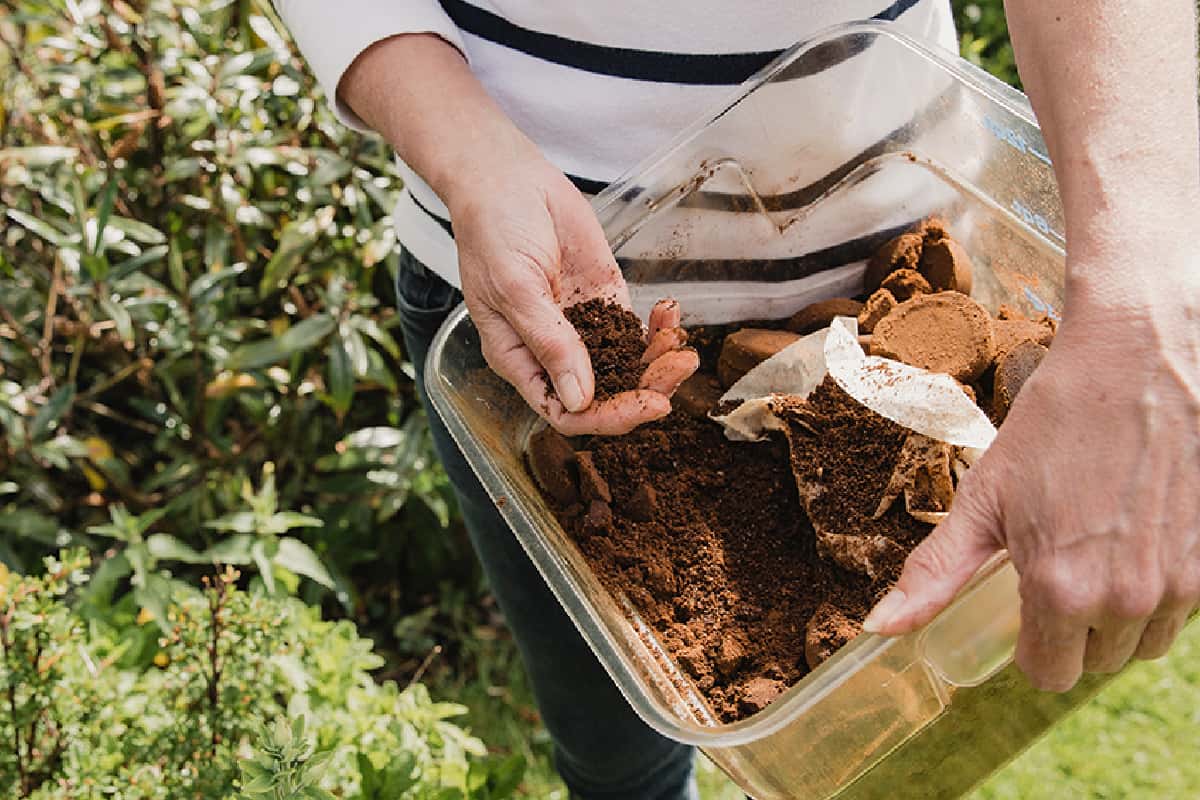
You do not have to fertilize Japanese maple growing in environments rich in organic matter. But if there is a need, feed established trees during the spring.
Use a slow-release granular fertilizer, and dilute half of the ideal amount in water. Spread the mixture around the tree, at least 30 centimeters (1 foot) away from the trunk. Avoid using liquid fertilizers because the substance can burn the roots.
Do not fertilize newly-planted varieties until their second year, preferably in the late winter or early spring.
Temperature And Humidity
The tree's capacity to withstand temperature and humidity rests on its variety. Red-leaf cultivars are more sensitive to high temperatures compared to green-leaf species. The latter is the ideal choice if you live in areas with hot and dry climates.
Pruning
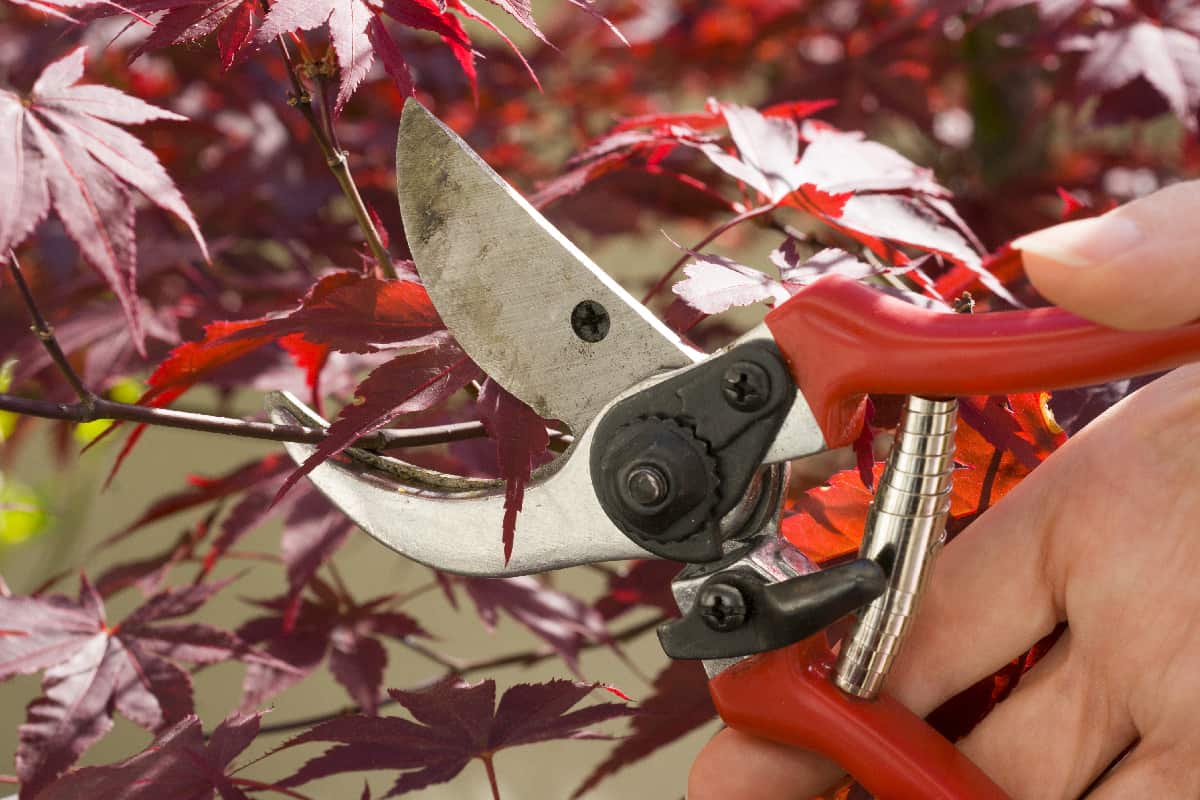
Japanese maples do not need regular pruning. You only need to cut or remove dead, infected, and damaged branches.
Do Japanese Maple Lose Their Leaves In Winter?

Japanese maple is a deciduous tree; its leaves fall off or shed each year. It is a naturally occurring process that helps the plant conserve energy and resources during winter. They typically begin to shed in late November or early December.
How To Protect Japanese Maple In The Winter?
Japanese maples are sensitive to cold conditions. During winter, it is necessary to water your tree just before temperatures drop to ensure that the plant receives adequate moisture. Add a layer of mulch to provide the roots with insulation and protection.
In Closing
Specific growing conditions must be met for your Japanese maple to develop, survive, and thrive. We hope this article has helped you with the ways how to revive and care for your tree. Happy planting!
For further reading on the Japanese maple, please feel free to read our other posts:

This was an excellent article. We relocated to Georgia from Ohio two years ago. We planted a small Japanese maple in our front yard this last year and it’s losing its leaves for fall. Thank you for advice on caring for this little tree.
It’s spring and my maple is showing no signs of life. The tree is approx 25years old what can I do?